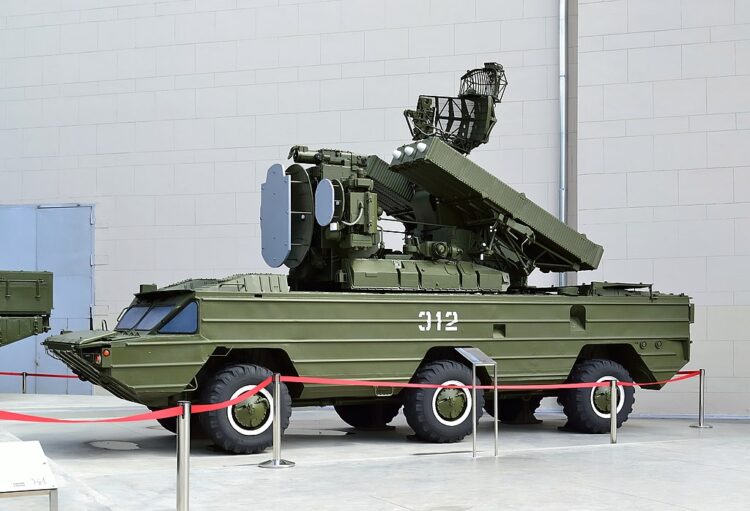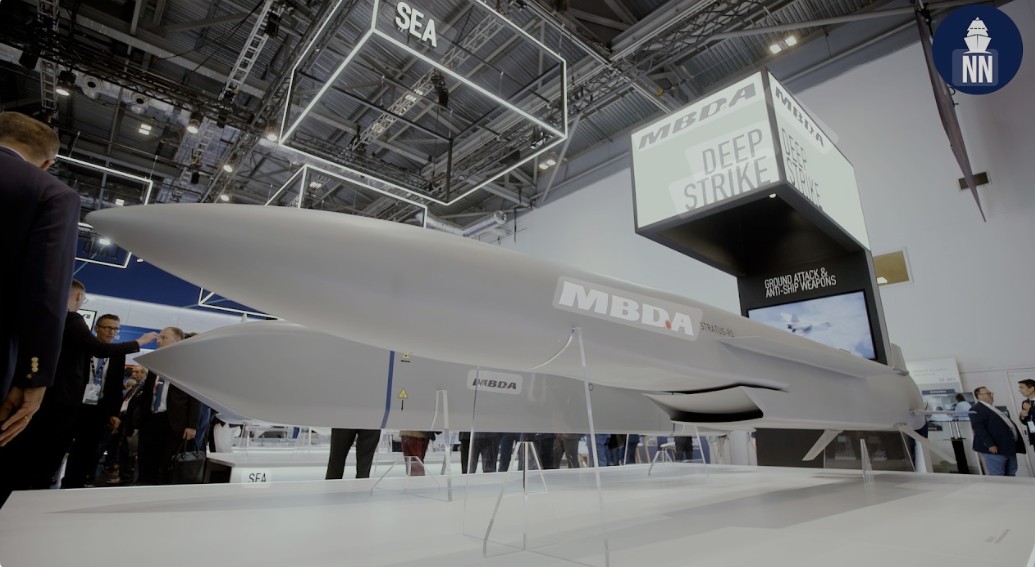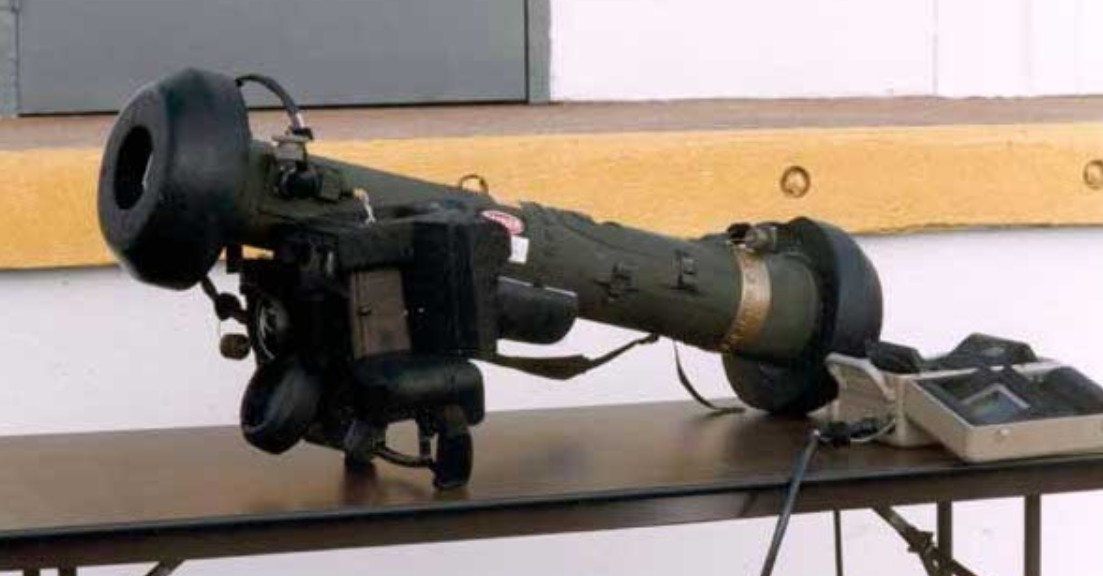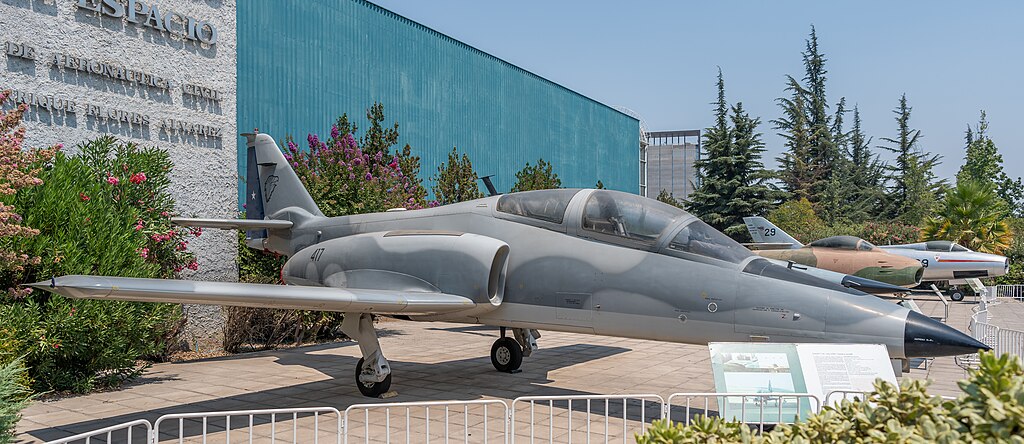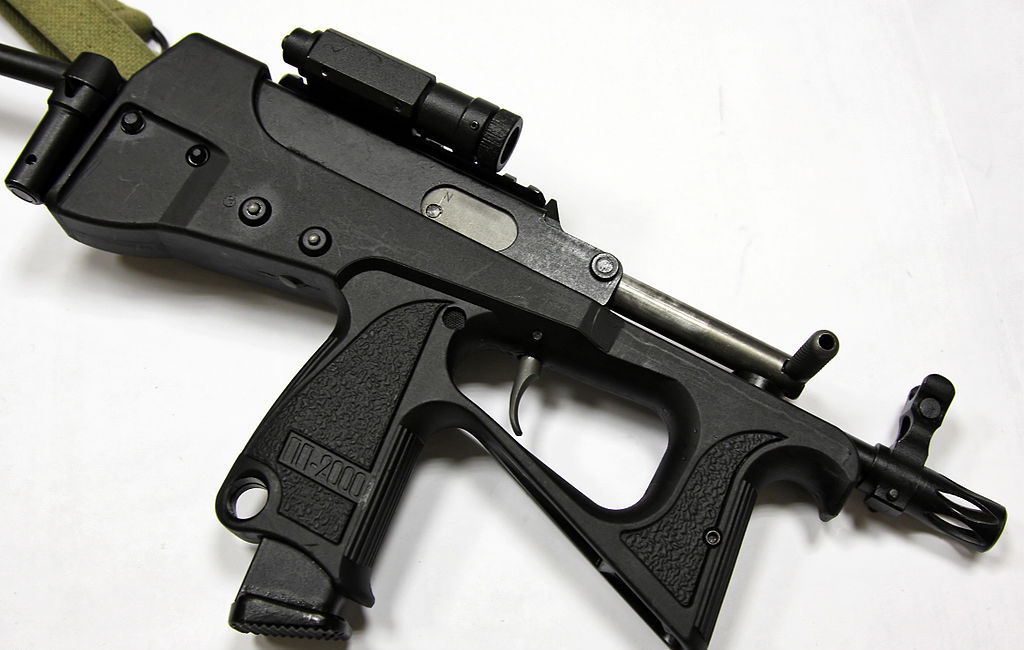Osa: The Soviet-Era Air Defense
The Osa, also known as the SA-8 Gecko in NATO terminology, was a Soviet-era mobile air defense system designed to protect ground forces from air attacks. Developed in the 1960s and widely deployed by the Soviet Union and its allies during the Cold War, the Osa played a significant role in the air defense strategies of the time.
The Osa system consisted of a self-propelled launcher vehicle, a radar vehicle, and a support vehicle. The launcher carried up to six surface-to-air missiles, capable of engaging aerial targets at ranges of up to 15 kilometers. The radar vehicle provided target acquisition and tracking capabilities, while the support vehicle carried additional ammunition and equipment.
One of the notable features of the Osa system was its mobility. Unlike older stationary air defense systems, the Osa could quickly relocate to different positions, making it harder for enemy aircraft to target and destroy. This mobility, combined with its effective missile guidance system, made the Osa a formidable adversary for any attacking aircraft.
The Osa missile itself was a radar-guided, short-range missile with a high explosive warhead. It was designed to engage a wide range of targets, including fixed-wing aircraft, helicopters, and unmanned aerial vehicles. The missile had a speed of Mach 2.5 and was capable of maneuvering to intercept fast-moving targets.
During its operational use, the Osa system proved to be highly effective in combat situations. It was successfully used by various countries during conflicts and demonstrated the ability to engage and destroy multiple targets simultaneously. The Osa’s radar system provided excellent target acquisition and tracking capabilities, allowing operators to engage targets even under challenging conditions.
Despite its successes, the Osa system did have some limitations. Its short-range capabilities meant that it had to operate relatively close to the area being defended, which exposed it to greater risks of enemy countermeasures and attacks. Additionally, the Osa’s radar system was susceptible to jamming and electronic warfare tactics, which could potentially disrupt its effectiveness.
Throughout its service life, the Osa system underwent several upgrades and improvements. These enhancements included improved missile guidance systems, enhanced radar capabilities, and better mobility features. These upgrades ensured that the Osa remained a relevant and effective air defense system well into the 21st century.
In conclusion, the Osa system was a highly capable Soviet-era air defense system widely used during the Cold War. Its mobility, missile guidance system, and effective radar capabilities made it a formidable adversary for enemy aircraft. While it had some limitations, continuous upgrades and improvements ensured its effectiveness for many years. The Osa will be remembered as an important contribution to the Soviet Union’s air defense arsenal.
